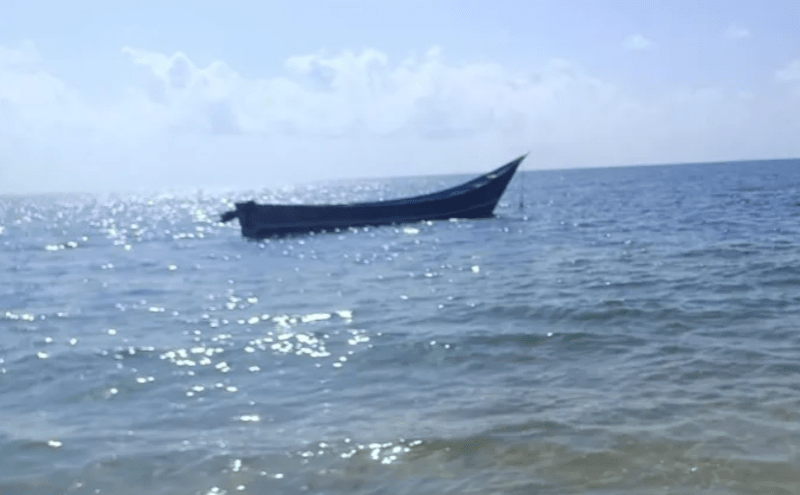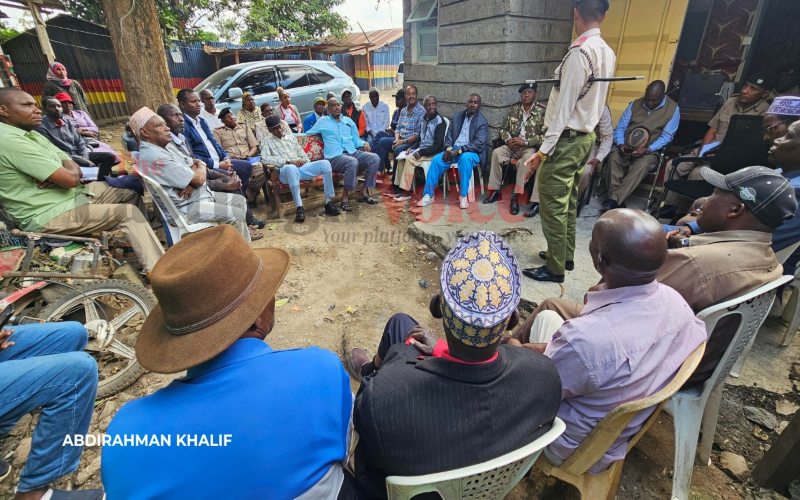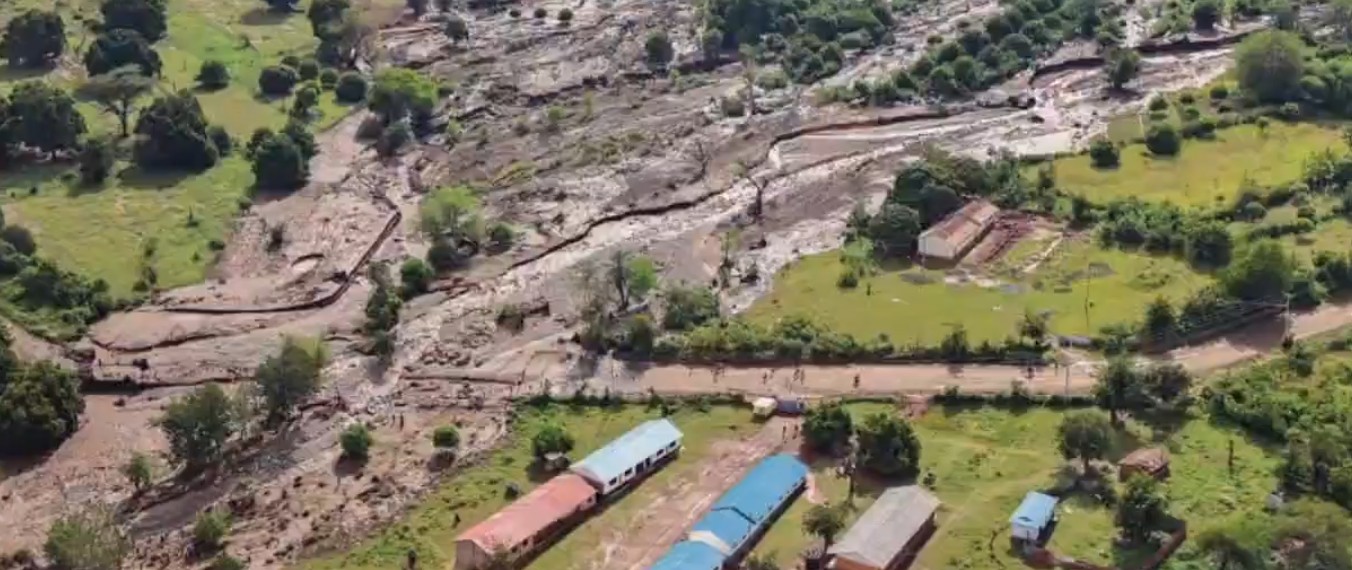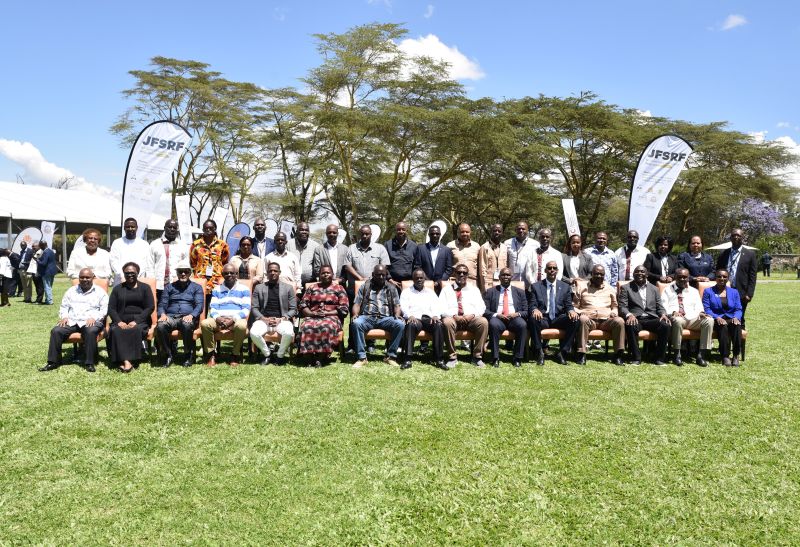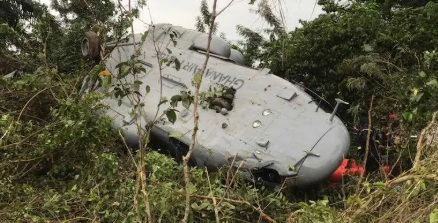Kenya floods: Interior ministry says death toll now 219
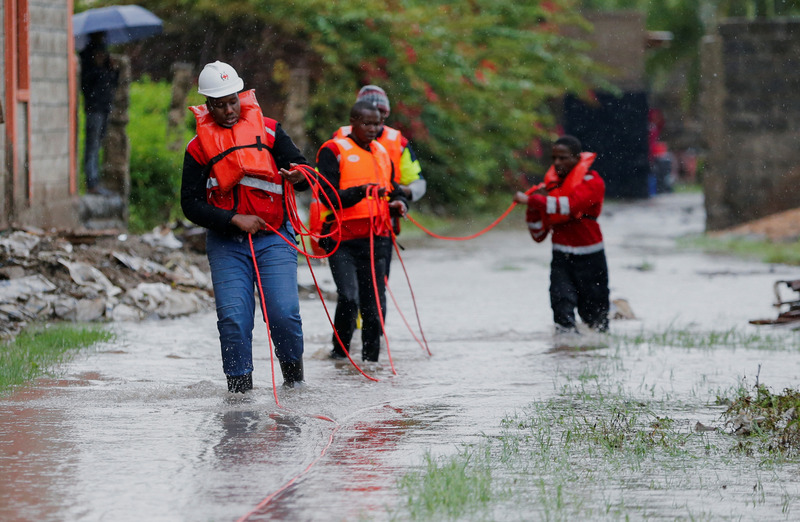
CS Kindiki's ministry further announced that 164 people had been reported injured while 72 were missing.
The national death toll from flash floods that have hit Kenya in the March-May long rain season is now 219, the Interior ministry has announced, saying nine more deaths have occurred.
In an update on Saturday morning, the ministry led by Cabinet Secretary Kithure Kindiki further announced that 164 people had been reported injured and that 72 were missing.
More To Read
- Met Department issues heavy rainfall warning for Western, Rift Valley regions
- Kenya Met warns of reduced rainfall but showers to continue in parts of the country
- Government activates nationwide emergency response amid heavy rain advisory
- April to bring heavy rainfall, warmer temperatures - weatherman
- Weatherman predicts moderate to heavy rainfall in Nairobi, other counties
- Met warns of extreme daytime temperatures of 30°C in several regions
It added that at least 41,248 families, or 206,240 people, had been displaced, and placed the number of affected schools at 1,967.
To house the displaced people, the ministry said in a statement that 115 camps had been set up in 19 counties and that they were hosting some 27,586 people.
Owing to the transport chaos and the destruction of schools, homes, and infrastructure, as well as the danger that floodwaters present to driving, President William Ruto postponed the re-opening of schools until further notice. The date had initially been pushed to March 6.
Meanwhile, the government is collaborating with county governments, the Kenya Red Cross Society, and other humanitarian organisations to assist the people hardest hit by the floods.
In the update, the CS noted that emergency response teams from Narok County, alongside the county security team and Red Cross, had successfully evacuated 90 people in Masai Mara
Nineteen lodges were flooded after the River Talek overflowed, but no fatalities have been reported.
"A tracing desk has been set up at the Masai Mara Sekenani Gate," the statement said.
The ministry added that 151 Kenya Defence Forces (KDF) officers are actively engaged in Mai Mahiu, Nakuru County, in which tens of people died after a gulley accumulated water and burst on the night of April 28.
It said that of the 53 people reported to have died so far, 41 bodies have been found and positively identified by the families. Of the 72 missing people, the Mai Mahiu tragedy accounts for 49.
Meanwhile, the Mai Mahiu-Narok Road has been reopened to traffic following the tragedy.
"Four hundred National Youth Service (NYS) officers have also been deployed to reinforce the search and rescue operations while the National Police Service, National Disaster Operation Managers, public health officers, and ambulance service providers are on-site in each of the emergency locations."
The KDF was also sent to Joska, Machakos County, where they rescued 59 people from the Athi River bridge.
"The rescue operation has ended, having recorded no fatalities," the statement said.
A search is taking place at Maroro, Tana River County, where a boat with 43 people capsized. Seven bodies have been found, 23 people rescued, and 13 registered as missing.
In Tana River and Marsabit counties, the Interior ministry and Red Cross are also conducting medical outreach programmes and have put in place measures to prevent cholera and other waterborne diseases.
Further, the government has distributed 1,226,400 kg of rice and beans to affected communities in Busia, Homa Bay, Kisumu, Machakos, Makueni, Tana River, Kilifi, Nakuru, Garissa, Turkana, Isiolo, Migori, Kajiado, Nairobi, Nyandarua, Kiambu, and Muranga counties.
"There is a need for more food, medical kits, and non-food items for affected counties, and the people [living in places] where search and rescue operations are ongoing," the ministry said, citing Narok, West Pokot, Nyeri, Siaya, and Kirinyaga.
The Interior ministry further said that mandatory evacuation along rivers in Nairobi County (Mathare, Ngong, and Nairobi Rivers) was ongoing, with the government facilitating logistical support, temporary shelter, and essential supplies for those affected.
Last week, the Cabinet approved the immediate evacuation of people residing within the 30-metre riparian corridor of rivers and other water courses across the country for their safety.
Also, a 24-hour evacuation notice, effective May 2, 2024, was issued to settlements in 33 counties near 178 of the 192 government-identified high-risk dams and reservoirs.
A nationwide assessment found 60 in the Central region, 39 in Eastern, 29 in Rift Valley, 22 at the Coast, 21 in Western, 12 in Nairobi, five in North Eastern, and four in Nyanza.
Areas prone to landslides and mudslides in various counties were also identified as high-risk, with settlements being evacuated and temporary shelters set up for displaced persons in operations coordinated by county security committees.
Top Stories Today
